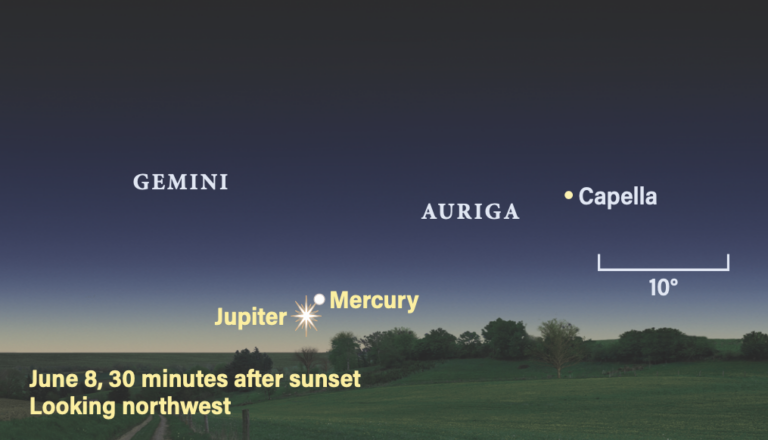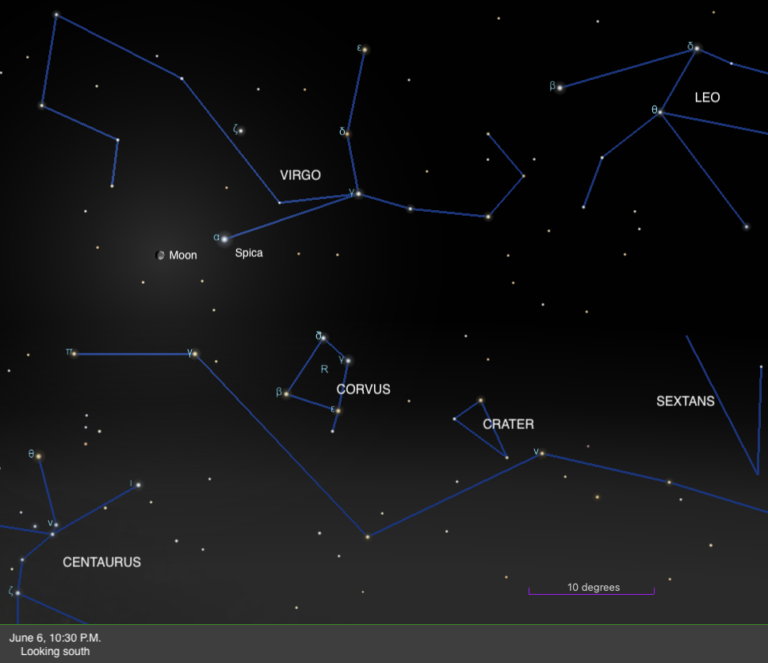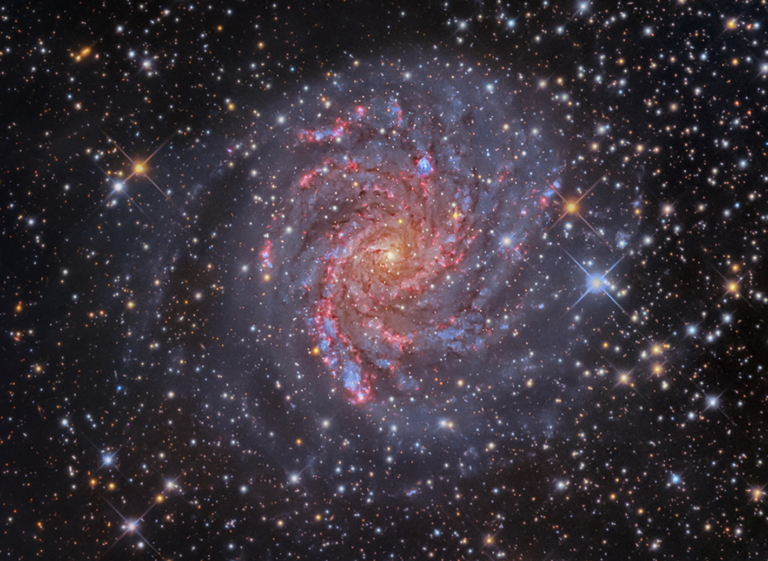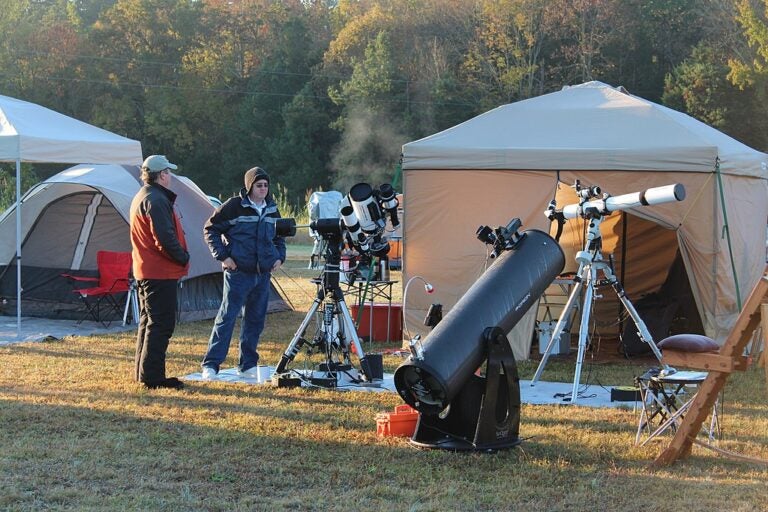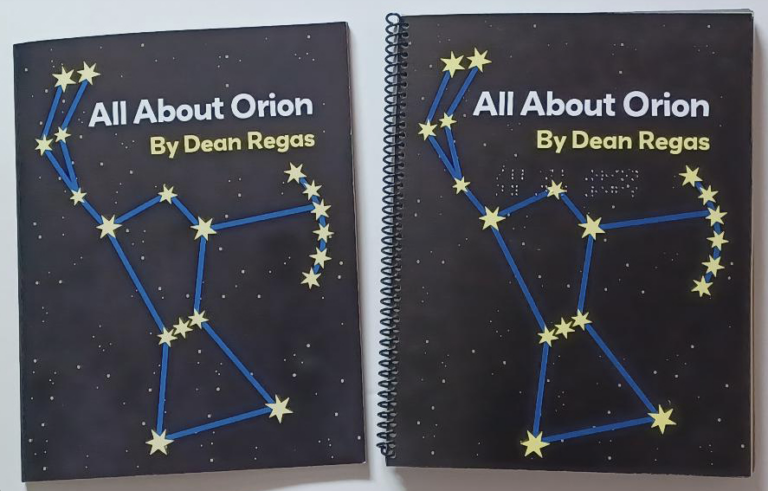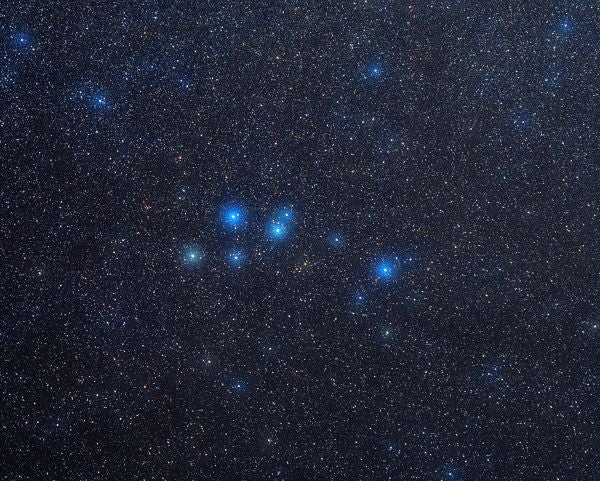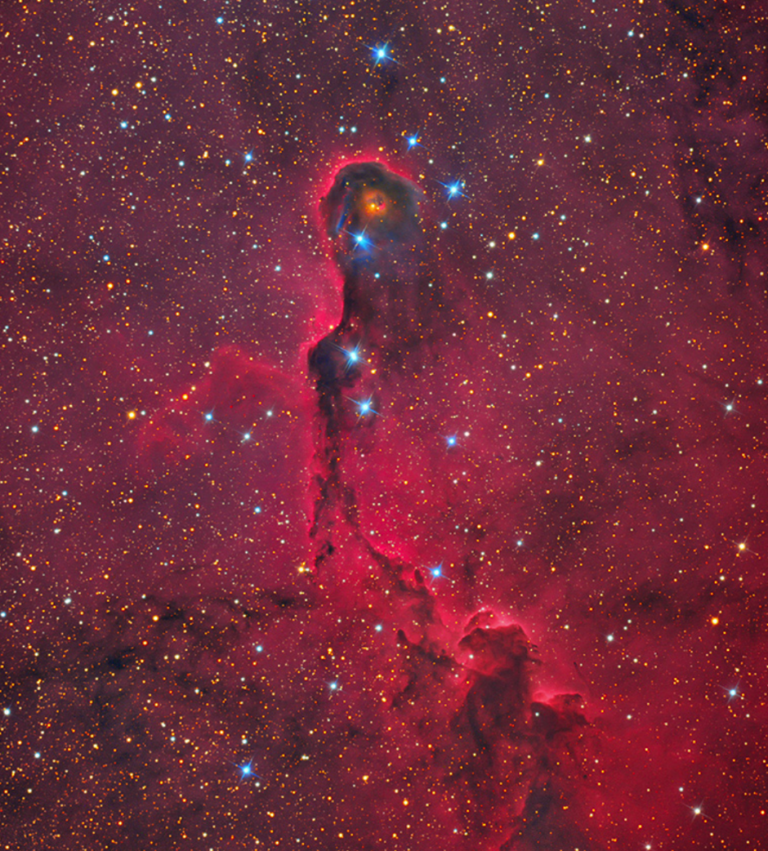
With the focus on the Moon’s shadow on the wane after the August 2017 total solar eclipse, I’d like to bring us back to Earth and its shadow. Some subtle effects of light and color accompany its projection onto our planet’s atmosphere during twilight, which can be overlooked from the ground but appear obvious from the air.
A physiological wonder
Earth’s shadow is a relatively brief twilight phenomenon. Seen against a flat horizon, it gradually rises in the east shortly after sunset. Before sunrise, you’ll find it setting in the west. At a glance, the dark sapphire blue band is capped by a rose-petal pink arch known as the Belt of Venus — a roughly 10°-wide wedge of reddened sunlight backscattered to our eyes like alpine glow. I find it impossible to discuss the shadow without the Belt because they meld together to form a single visual physiological wonder whose colors and intensities play off one another like two thespians improvising on stage.
Astronomy magazine subscribers can read the full article for free. Just make sure you’re registered with the website.

